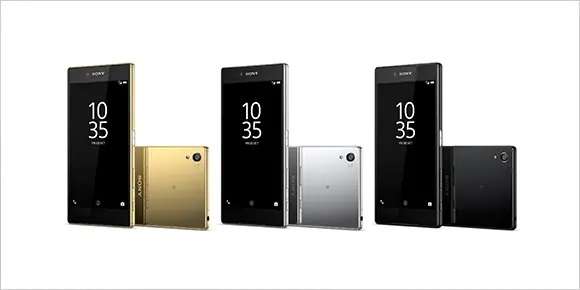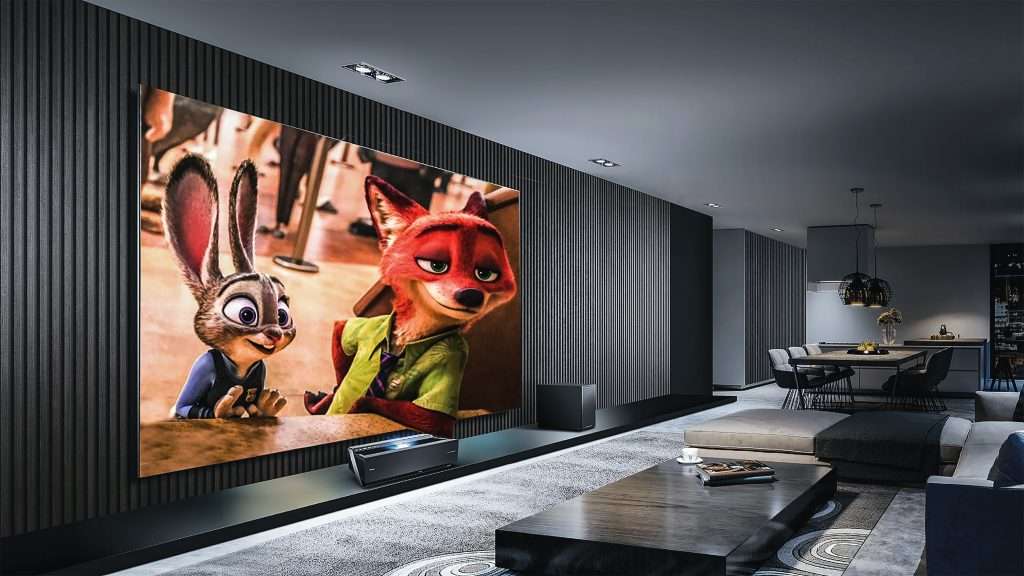It’s tough being a smartphone manufacturer. With so little to differentiate one shiny black rectangle from one another (“look: this one has slightly smaller bezels!”), it must be tempting to see something which practically nobody else is doing and see ‘opportunity’ rather than ‘something utterly pointless’. Sometimes a gap in the market is deliberately left empty.
With that in mind, last week it was revealed that Chinese smartphone giant Xiaomi is apparently on the verge of releasing a phone with a 4K screen.
The handset was spotted by XDA Developers on the TENAA Chinese certification authority website and, sure enough, the listing shows a handset with a 6.55in OLED display packing a resolution of 3,840 x 2,160. That’s 8,294,400 pixels and, for comparison’s sake, the M1 MacBook Pro has 4,096,000 across a screen that’s around double the size.
It’s rumoured that this phone will only be released in China, but make no mistake: no matter how good the panel Xiaomi is using is, you are not missing out. Your eyesight is simply not good enough to see the benefits of 4K on a screen that size — and please don’t take that personally: the same criticism applies to the rest of humanity as well (sorry everyone.)
I speak from experience. Back in 2015, I reviewed the first 4K phone ever produced: the Sony Xperia Z5 Premium. It was a perfectly good phone for the time, but the 4K screen, with an absurd pixel density of around 806ppi, was utterly pointless and I didn’t shy away from saying so.

Here’s my working: there comes a point where the human eye can’t differentiate between pixel densities, unless you’re looking through a microscope. As microscope usage impinges on one’s ability to effectively play Candy Crush Saga, most people end up holding their handsets a comfortable 10- to 12 inches from their face. Even if Candy Crush Saga supported 4K (it doesn’t; barely any apps do) you wouldn’t be able to tell the difference between 4K, 2K and 1080p at this range.
Some even argue that 4K is pointless on smaller TVs (read 40in and below — so not exactly compact) in your average living room. This is based on how close you would need to sit to the screen, versus the ability to take in the entire picture, and there are calculators which help you figure out the optimal distance for each TV size.
Just out of curiosity, I put a 6in screen into one, and it suggested that the ‘Visual Acuity Distance’ — the point where eyes with perfect 20/20 vision can no longer resolve some image details — was 3.6in. Take a quick break to use your phone 3.6in from your face, and come back when the headache wears off.
I think in their heart of hearts, even Sony appreciated that it was pointless, as only two apps supported it at the time: Sony Videos and Sony Photos. A VR app would have made sense, because your eyes have to be close to the screen there, but this simply wasn’t a feature Sony was pushing. In other words, it was pure magic beans, especially when Sony sold the regular Xperia Z5 for NZ$250 less — a handset that was almost identical, barring a slightly smaller, boring 1080p panel.
I did try the bundled 4K videos in the compatible Sony app, and my goodness they were impressive: eye popping, colourful and sharp. Maybe I was being overly cynical? Maybe this was the future!
…Then I watched the same videos in MX Player which was capped at 1080p, and realised that it was indistinguishable, barring the 4K stamp that appeared in the Sony app. I had briefly been taken in by the Emperor’s new clothes.

I made this quite clear in the review — yes, including the phrase “magic beans” — and internet commenters being what they are… well, let’s just say there were disagreements. I remember being described as a “clown”, and someone who would be all over a 4K smartphone screen if Apple or Samsung had done it.
But six years later and neither company has. Yes, Sony seems to be doggedly pursuing the 4K smartphone concept with its Xperia 1 line of phones but, bluntly, if you’re planning on copying a phone marketing strategy from someone, Sony should be right at the bottom of the list. It went from selling 14.6 million units in 2016 to 2.9 million last year. That’s roughly 0.2% of the 1.38 billion sold worldwide in 2020. And not all of those will have had 4K screens, either.
Xiaomi is in a rather different position to Sony, of course. Earlier this year, it became the biggest smartphone manufacturer in the world for the first time, leapfrogging Samsung. In other words, it can afford to have a white elephant handset just for bragging rights.
No doubt some people will buy it just because, and tell themselves that they can see the difference to make themselves more content with their purchase. For everyone else: you’re not missing out, and you’ve not gone crazy: your 2K or even 1080p smartphone screen is just fine. Until foldable technology can make a 50in screen pocketable, you’re fine with your “low resolution” experience. Really.

